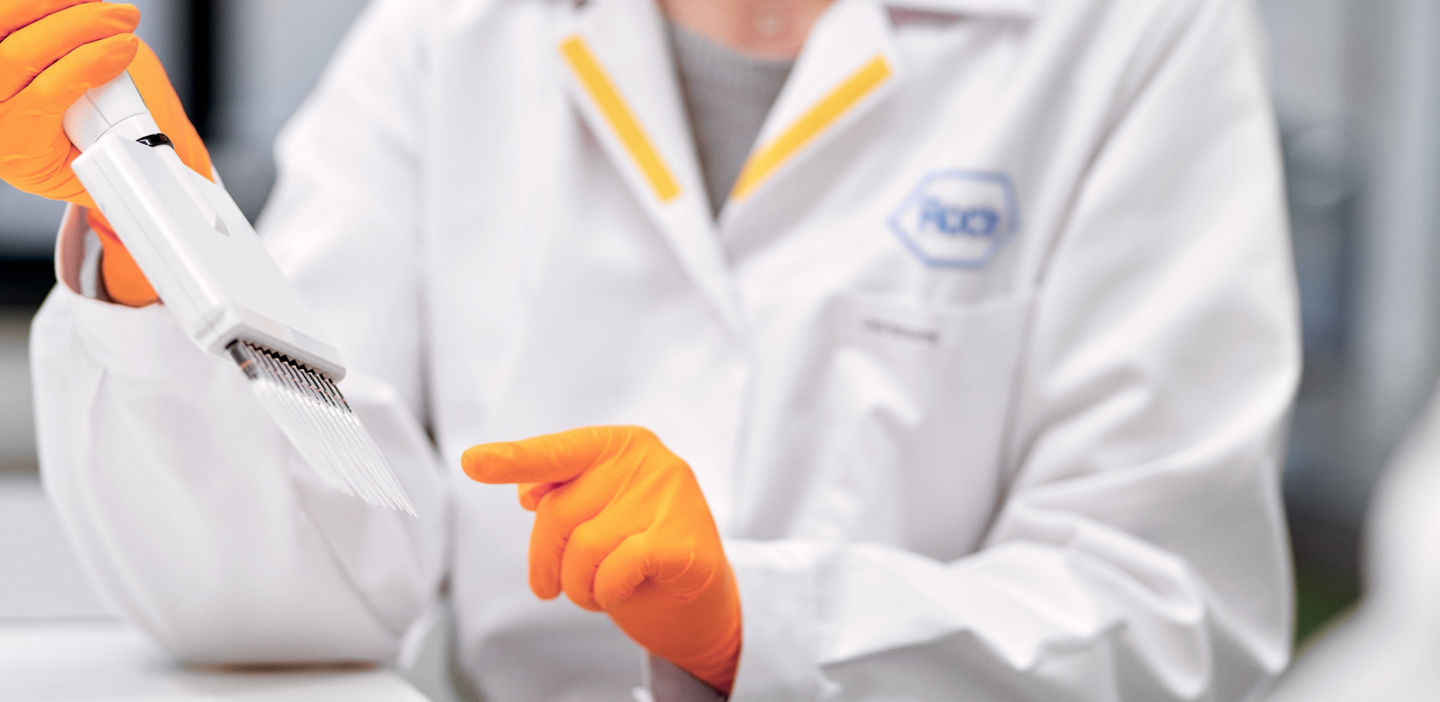DNA sample preparation for next-generation sequencing (NGS) involves several steps. Each step has a direct influence on the quality of the sequencing library and is crucial for the reliability of sequencing results. Briefly, it involves preparation of a DNA library that is suitable for the specific NGS platform to be used. Depending on the end goal, a target enrichment step will also be performed. DNA library preparation by itself consists of several steps. The quality of the library may depend on the nature of the DNA sample (e.g., fresh sample versus formalin-fixed paraffin embedded (FFPE) tissue), input volume and level of complexity (e.g. samples with high AC- or GC-rich regions). Each step can also potentially induce errors or biases that could significantly impact library quality.
With NGS, hundreds of millions of DNA templates can be processed in parallel. While sequencing of the whole genome (WGS) is needed in some cases, it is still expensive and generates large amounts of data. Targeted sequencing of only the regions of interest provides a more cost-effective alternative.1 Sequencing of targeted regions affords the depth required when looking for rare and low-frequency variants. Target enrichment is an essential step for targeted sequencing and allows focusing of sequencing resources, leading to reduced cost and simplified analysis.1
Performing the multitude of steps required for library preparation and target enrichment requires acquiring reagents from various vendors, validating them and ensuring compatibility between workflows. Considering the precious nature of NGS samples, an integrated workflow that combines these steps with optimized reagents would prove advantageous.
Roche offers DNA reagents for library preparation, target enrichment and also combines them into an integrated workflow for efficiency and convenience, to serve customers for a wide range of applications.

